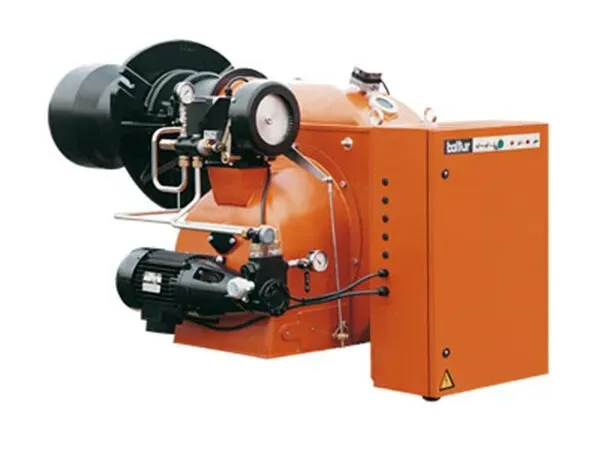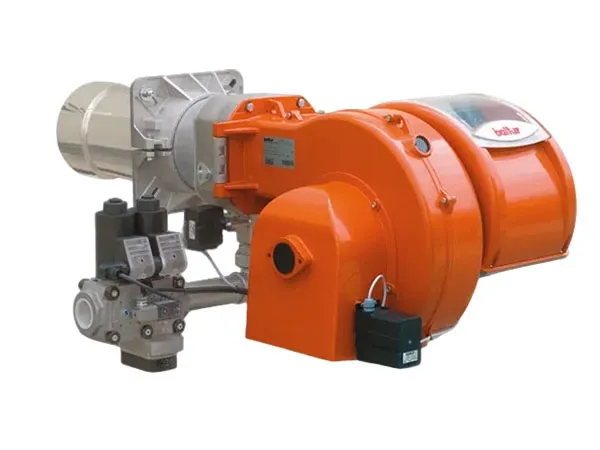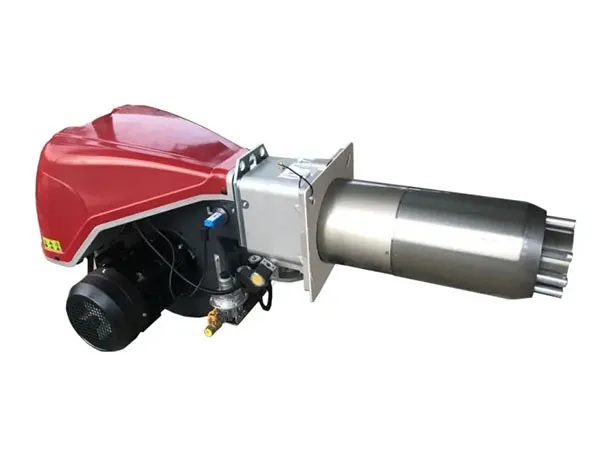Maintaining industrial burners is essential for safety, efficiency, and longevity. A proactive maintenance schedule can prevent costly downtime and unexpected breakdowns. The key is to have a systematic approach that includes routine inspections and cleaning, as well as regular professional service.

Industrial burner maintenance is often broken down into daily, weekly, monthly, and annual tasks. Following a structured schedule ensures all critical components are checked regularly.
Daily Checks:
Visual Inspection: Look for any obvious issues like leaks, unusual vibrations, or strange noises.
Monitor Gauges: Check fuel levels, temperature, and pressure gauges to ensure they are within the desired range.
Observe Flame Quality: Inspect the burner's flame through the sight glass. It should be stable and have the correct color. Any changes, like a smoky or irregular flame, can indicate a problem.
Safety Controls: Verify that safety controls and alarms are functioning properly.
Weekly/Monthly Checks:
Clean Filters: A clogged filter can strain the system and lead to poor combustion. Regularly clean or replace fuel and air filters.
Inspect Burner Components: Look for signs of wear, burning, or cracking on the burner's diffuser, pilot tube, and valves.
Check Vents and Exhaust: Ensure that air intake and exhaust vents are free of obstructions and that the flue system is working correctly.
Check Controls: Test operating and modulating controls to ensure they are functioning as they should.
Annual Checks (Professional Service Recommended):
Comprehensive Cleaning: A thorough cleaning of the burner assembly, furnace, and tubes is crucial to remove soot, ash, and other deposits that can reduce efficiency.
Calibration and Tuning: Recalibrate all operating controls, including thermostats and pressure controls, to ensure peak performance and efficient fuel combustion. This is also the time to "tune" the burner to optimize the fuel-to-air ratio.
Safety System Testing: Perform rigorous tests on all safety systems, including pressure relief valves, flame supervision controls, and fuel safety shut-off systems.
Internal Inspection: An internal inspection of the boiler and burner can help identify issues like corrosion, scale buildup, and refractory damage.
Replace Worn Parts: Replace worn-out components like gaskets, seals, and ignition electrodes to prevent unexpected failures.

Keep It Clean: Soot, scale, and other debris can build up on burner parts and heat exchange surfaces, significantly reducing efficiency and increasing fuel consumption. Regular cleaning is a fundamental part of maintenance.
Check Pressure: Monitor and understand the pressures and flows within the combustion system. Changes can be an early indicator of a problem. Using a manometer to check air pressure is a simple, effective practice.
Optimize Combustion: Use an oxygen analyzer to measure the oxygen content in the flue gas. This helps ensure the burner is operating with the correct amount of excess air (usually less than 15%), which is critical for efficiency. An incorrectly tuned burner can lead to wasted fuel and increased operational costs.
Maintain the Fuel System: For oil-fired burners, regularly clean the fuel filters and check the oil pump. For natural gas burners, inspect the main gas source and control valves.
Check Safety Controls: Regularly test all safety controls, including flame sensors, high-limit switches, and low water cut-off devices, to ensure they are working properly. A dirty or faulty flame sensor can cause a burner to shut down or fail to ignite.
Keep Detailed Records: Document all maintenance activities, inspections, and adjustments. This helps track the equipment's history, identify recurring problems, and plan for future maintenance.

Failure to Ignite: This is a common and often difficult problem to troubleshoot due to the number of potential causes. Check for issues with fuel pressure, air in fuel lines (for oil burners), water in the fuel, a weak igniter, worn electrodes, or a dirty flame sensor.
Smoky Flame: A smoky flame can be a sign of improper combustion. Check for a clogged nozzle, incorrect nozzle spray angle, or a problem with the air handling components.
Odor in the Burner Room: This could be caused by poor draft, an over-fired unit, or too much air entering the burner.
Excessive Noise: Unusual noises could signal a problem with the blower motor, loose parts, or issues with the fuel or air supply.
Important Note: Always consult the burner manufacturer's manual for specific maintenance schedules, procedures, and safety guidelines. For complex tasks or troubleshooting, it is highly recommended to contact a qualified and certified technician.
How Industrial Gas Burners Boost Efficiency in Metal Processing: 5 Key Applications
2025-11-19Why Low-NOx Industrial Burners Are Essential for Efficient, Safe, and Sustainable Manufacturing
2025-11-15Industrial Burner Selection Guide: Improve Production Quality and Safety
2025-11-09How Industrial Propane Burner Automatic Control Systems Boost Efficiency and Safety
2025-10-28Address: Room 504, Building 11, Wuzhou International Industrial Expo City, Old National Highway 310, Xigong District, Luoyang City, Henan Province
E-mail: shuxin@sxburner.com
Phone: +86 15516359168
Take every customer request seriously.

Shuxin
Electromechanical
+86 15516359168
shuxin@sxburner.com
Room 504, Building 11, Wuzhou International Industrial Expo City, Old National Highway 310, Xigong District, Luoyang City, Henan Province
+86 15516359168
shuxin@sxburner.com
Room 504, Building 11, Wuzhou International Industrial Expo City, Old National Highway 310, Xigong District, Luoyang City, Henan Province